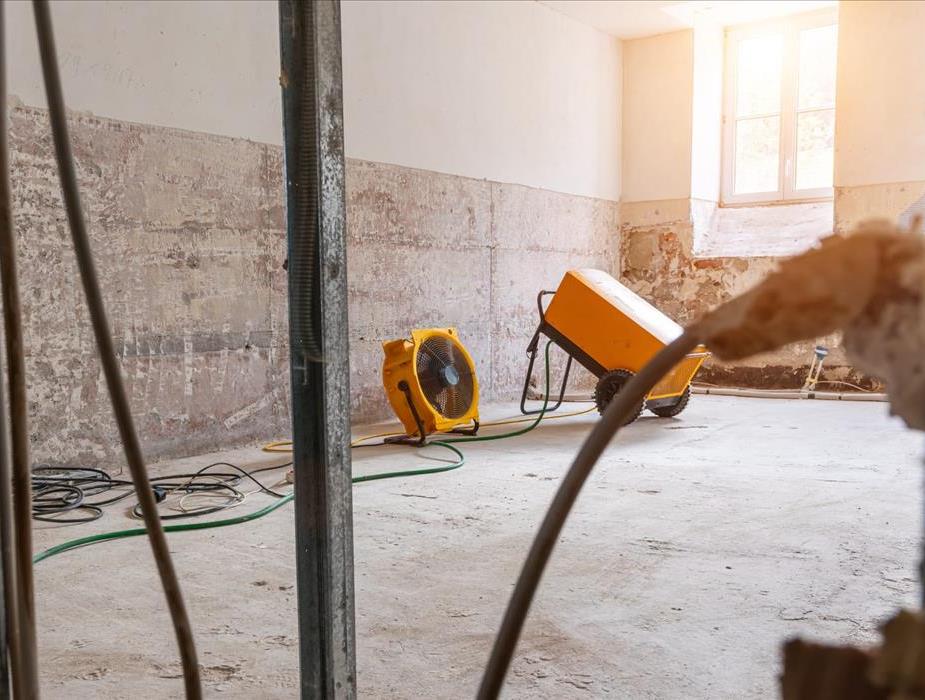Is Mold Really in Every Home?
11/10/2022 (Permalink)
Of the many pests that can plague a house, mold is one of the most common. This is large because it requires very little for mold to grow and being the resilient pest that it is, and it can be very difficult to get rid of it. Ideally, you should go for a deep clean of the property to really get rid of the mold.
Mold spreads through spores. The spores are tiny and light, so they have easily carried around in the air. Mold might seem like a minor problem, but it can be a very destructive pest if it is left untreated. Here is how you can manage the situation.
Where Can I Find Mold?
Certain areas of the house are more likely to develop a mold infestation. Like any other living organism, water is a basic requirement for mold to live. Any place that has water or even a high level of humidity can be a breeding ground for mold.
Places such as the crawl space, near a pool, a damp basement, or any area that has been recently affected by flooding can be good places for mold to grow. If you have indoor plants, then there will be more humidity in the house, which can also attract mold.
Mold can latch onto nearly any surface and feed off it. Things like cardboard, drywall, paint, rugs, leather, wood, upholstery, and even insulation are places where mold can start growing if there is enough moisture in the environment for it to survive.
How Did I Get Mold?
You might clean your house regularly, but that doesn't mean you can get rid of all the mold spores. These little spores can get in through your ventilation system, windows, and doors, or they can latch on to clothing and belongings and enter the house when you come in with them. Once inside, the spores may stay dormant for weeks or months until they get the right conditions to develop.
They can easily be moved around the house through people and pets. If you recently had something that was affected by mold and you threw that item away, the spores from that item may have spread to other parts of the home. Spores can also distribute themselves through dust, so any contaminated dust in the home can also start a mold infestation.
Signs Of Mold
The best solution is to detect mold before it becomes a major problem. In the right conditions, mold can grow extremely quickly and can easily eat away at the surface that it grows on. If this happens to be a valuable item or the structure of your home, it could lead to a lot of problems.
One of the biggest signs is the odor that mold creates. Sometimes, this could smell like rotten eggs; in other cases, it might just smell like rubbish or like something is decaying. The odor depends on the surface that the mold is on. If anything smells off, get it inspected.
The other major sign is fungus growth. Usually, you can spot fungus growth on carpets, furniture, clothing, or walls and floors. It can range from white to green to black, depending on the particular mold.
Another sign is an increase in allergies and, specifically, breathing-related problems. If you have anyone in the house with asthma or a similar breathing condition, the allergy will flare up and won't go away because the mold spores are still in the air.
Conclusion
The best solution is to get a professional team, such as the mold removal experts at SERVPRO, to help you with this situation. They will help you remove the mold properly and disinfect the area, so there is no possibility of the mold returning. The SERVPRO team has plenty of experience working with mold infestations, and they can help you get the issue resolved and prevent it from spreading.




 24/7 Emergency Service
24/7 Emergency Service
